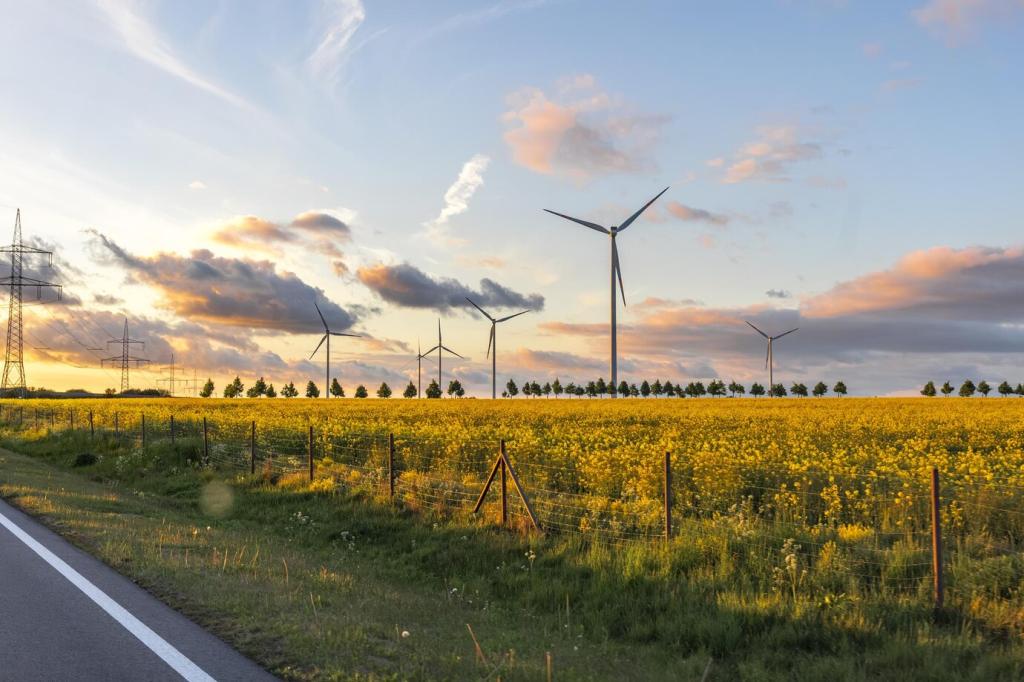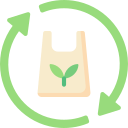Closing the Loop: Circular Economy and the Textile Life Cycle
Today’s chosen theme: Circular Economy and Textile Life Cycle. Join a friendly, practical journey that reimagines fashion from design to end-of-life, turning waste into value, stories into action. Subscribe for weekly tips, inspiring case studies, and community challenges that help you wear your values—beautifully and bravely.


Designing for Longevity and Circularity
Circular textiles begin with resilient fibers and thoughtful fabric constructions that resist pilling, tearing, and premature aging. Blends are chosen for compatible recycling, or avoided to keep materials pure. Tell us: which fabrics have outlived your expectations, and why did you keep reaching for them?
Sourcing and Materials: From Soil to Spool
Regenerative cotton, flax, and hemp can restore soil health, increase biodiversity, and lock carbon. When grown thoughtfully, these fibers deliver comfort and strength. Have you tried garments labeled regenerative or farm-traceable? Tell us what you noticed in feel, durability, and care.

Sourcing and Materials: From Soil to Spool
Recycled polyester reduces reliance on virgin petrochemicals. New depolymerization technologies promise higher purity and repeated loops. Still, fiber quality and microplastic shedding matter. Join our newsletter to learn about promising start-ups tackling blends and building truly circular synthetics.
Use Phase: Care, Repair, and Emotional Durability
Wash cooler, less often, and line-dry when you can. Use a microfiber-catching bag or filter to curb shedding from synthetics. These small habits preserve fabrics, colors, and shape. Comment with your best care hacks, and let’s build a crowd-sourced circular laundry playbook.

Resale, Rental, and Subscription Wardrobes
Peer-to-peer resale extends use; rentals let special pieces shine without idling in closets. Subscriptions refresh styles sustainably. Have you tried any of these? Share your experience and savings; your feedback helps others choose smarter circular options.
Take-Back and Producer Responsibility
Brand-led take-back programs channel worn items into repair, resale, or recycling streams. Extended Producer Responsibility policies push systems-wide accountability. Tell us which take-back bins you trust and why—let’s map reliable collection points together.
Traceability and the Digital Product Passport
QR-linked product passports can reveal fiber content, care, and preferred recycling routes. That transparency unlocks smarter sorting and better decisions. Would you scan your clothes for details? Vote in our poll and join beta tests we announce to subscribers.
Mechanical shredding and re-spinning works best with pure, long-staple fibers; blends often lose quality. Downcycling is common, but design choices can keep more value. Share examples of products made from mechanically recycled yarns that impressed you.
End-of-Life: Recycling Pathways and Realities



